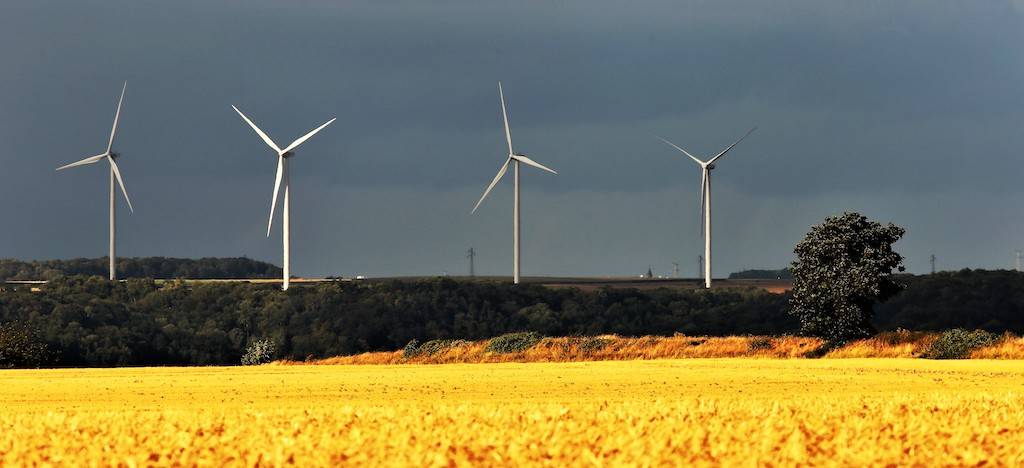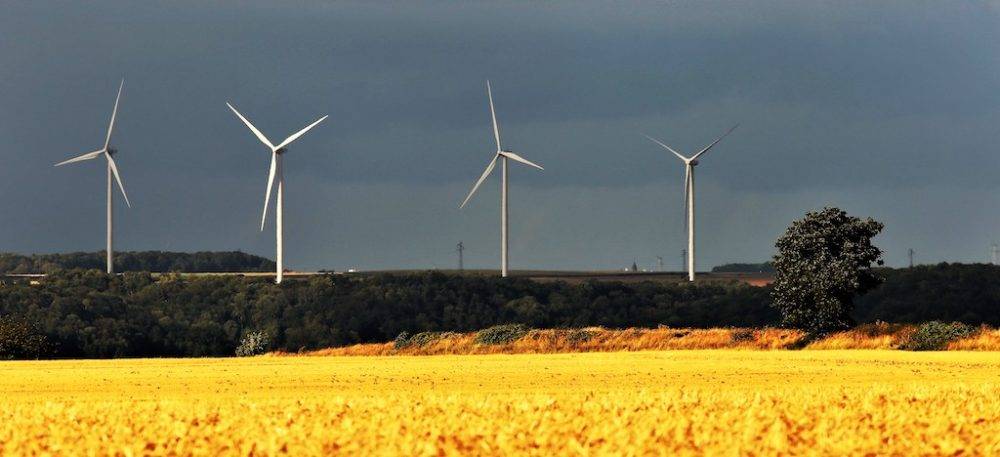
A bright future: Mpumalanga's wind power projects have the advantage of being able to use the existing infrastructure of coal-fired power stations. Photo: GKR Falcon/Flickr
Historically reliant on coal-fired electricity generation, Mpumalanga is seeing a notable shift towards renewable energy and the emergence of wind farm projects, which to date have been mostly located in coastal provinces and are a rarity in South Africa's energy heartland.
Jesse Barton, a researcher at the University of Cape Town's Energy Systems Research Group, said the state's historical investment in coal-fired power plants meant it had a strong electricity grid, making it an ideal location for such new energy projects.
“There is plenty of available grid capacity and it is close to energy load centres with high demand,” she said.
Burton said launching renewable energy projects in a province that produces more than 80 percent of South Africa's coal and is home to 12 of the country's coal-fired power plants would show the local community that there is an energy future beyond coal. “Mpumalanga is very well suited to all kinds of renewable energy, including wind and solar,” he said.
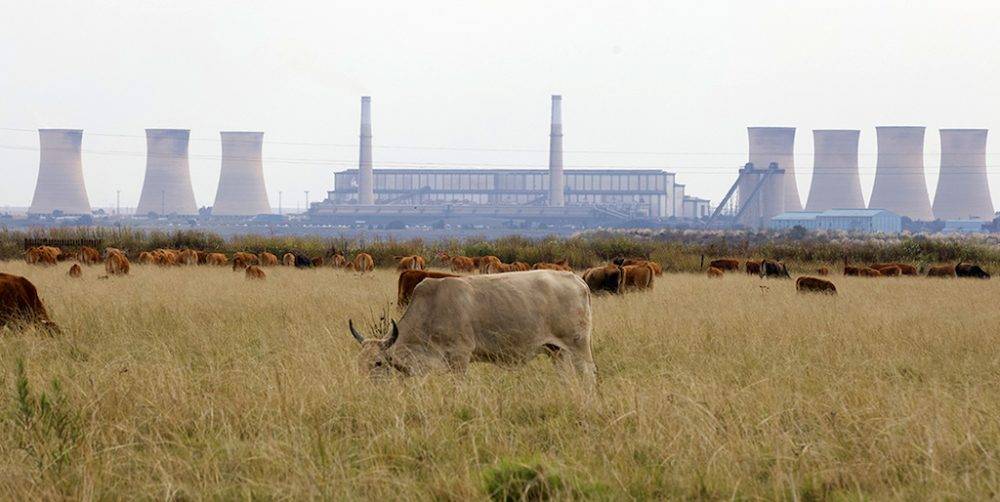
Hendrina Wind Farm
Two wind farm projects have emerged in Mpumalanga: one at Hendrina in Steve Tshwete Municipality, where a 210MW wind farm would be built about 20km from the Hendrina coal-fired power station;
The project, a partnership between power trader Apollo Africa, owned by JSE-listed company Reunert, and Enertrag South Africa, a subsidiary of Germany-based renewable energy company Enertrag AG, is expected to begin construction in December 2024 and be fully operational by November 2026.
According to the #PowerTracker tool, the project is in the final stages of securing a crucial grid connection budget quote from Eskom, making it one of the few private wind projects to achieve that milestone so far.
Enertrag reached out to obtain details regarding the commercialisation milestones, project specifications, economic and environmental impacts, partnership with Apollo Africa, investment and financing, community engagement and technical aspects of the Hendrina wind farm development.
However, the company refused to respond, saying: “As we are currently moving towards commercialisation of this project, we consider the level of detail you seek to be commercially sensitive.”
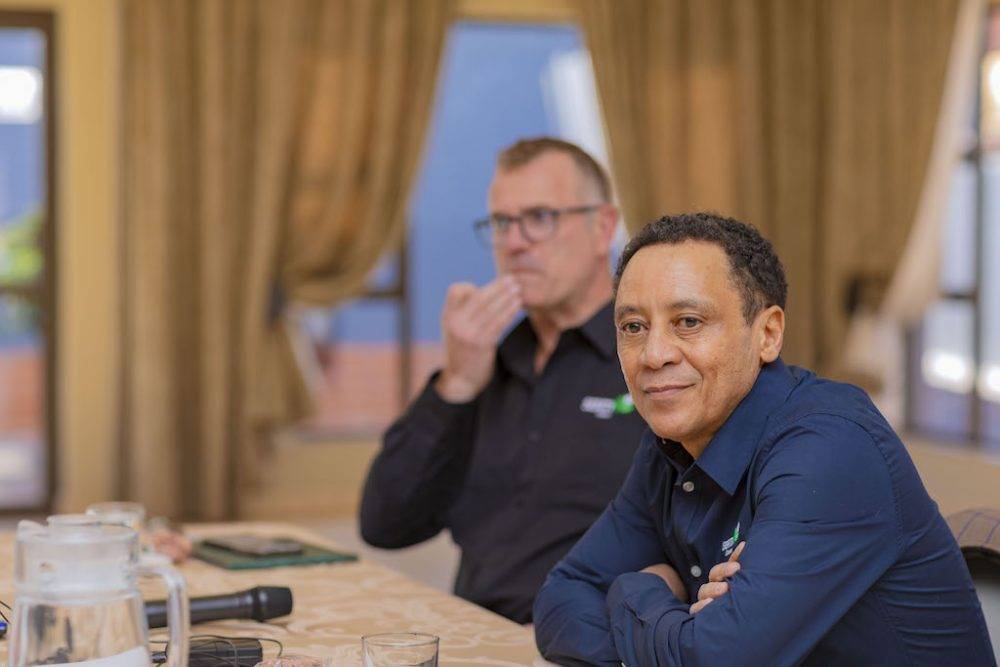
Umbira Emoyeni Project
Serity Green has begun construction on a 900MW wind farm between Bethal and Morgenzon. The company has signed a power purchase agreement with parent company Serity Resources to supply 155MW of wind power to its coal mining operations and sell the remaining 745MW to Eskom.
The development, named “Umbira Emoyenni”, marks a major milestone in Seriti Green's broader renewable energy ambitions, which aim to develop 3,000MW of wind and solar generating capacity within the next decade.
According to Seriti, the Umbira Emoyenni project is not only a major investment in renewable energy, but also a major step forward in sustainability efforts: He aims to reduce carbon dioxide emissions by up to 350,000 tonnes per year, essentially halving current emissions.
Businessman Peter Ben, CEO of Cerity Green, stressed the importance of integrating renewables and coal: “For us it's not about renewables or coal, it's renewables and coal.”
“We have a triple whammy of energy security, energy costs and a just transition, and all of those things need to be addressed. We're not climate change deniers, but the reality is coal is going to be here to stay for the foreseeable future.”
He said the initial phase of construction at Umbira Emoyenni would begin in December 2023, with full-scale construction starting in April this year. Full power generation is expected by the end of 2026.
“The project is being built in phases of 155MW, with each phase costing about R5 billion. We will start with 310MW by the end of this year and add another 310MW in 2025.”
The 900MW project is expected to cost R25 billion, according to Ven. Cerity Resources holds a 55% stake in the project, while Standard Bank, RMB and Ven Energy, Ven's family holding company, each hold 15%. RMB and Standard Bank are providing significant debt financing of about R4 billion, making a significant contribution to financing the project.
Benn stressed the importance of long-term borrowing facilities to keep renewable energy prices low, noting that South Africa's commercial banking sector is active in providing 15- to 17-year loans to such projects.
“So once the project is up and running, it will take 15 to 17 years to repay the debt,” he said.
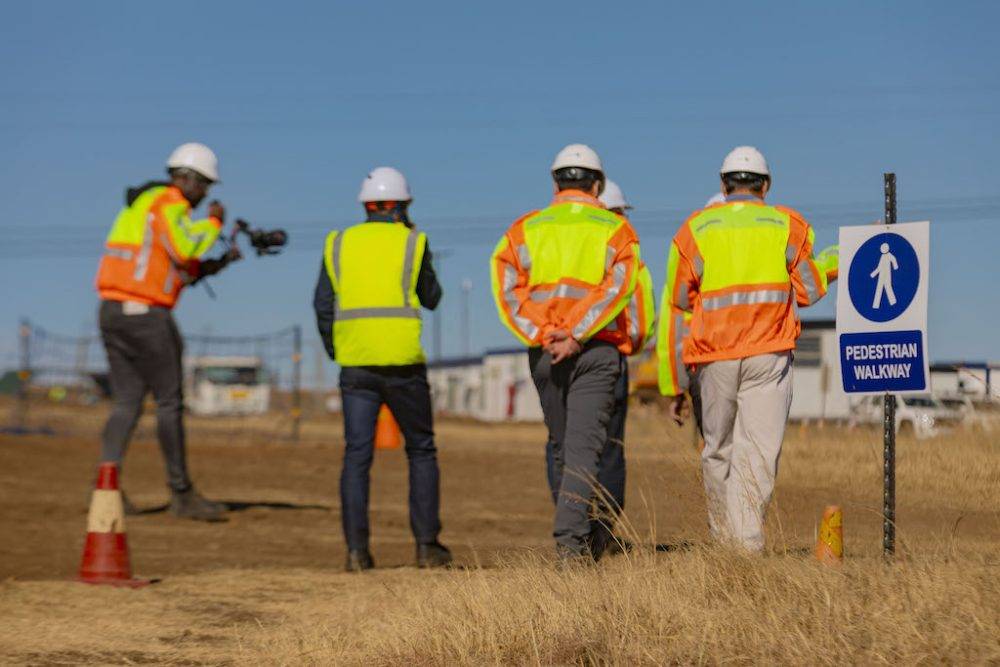
Pushback
While the history of such projects has been marked by continued backlash between landowners and companies in provinces such as the Northern and Western Cape who have failed to meet the expectations of neighbouring communities in terms of job creation and other associated benefits, Seriti promises that Umbira Emoyeni will bring significant investment to Mpumalanga, leading to the creation of jobs, procurement opportunities and social investment spending.
Ven emphasised that the project is the first of its kind in Mpumalanga and will see significant investment to benefit the local community, including in road infrastructure and the employment of local contractors.
He noted that there have been no major issues with the development of the project, only minor delays by the local government.
“Wind farms are a very unique area of development, so we had to do a lot of education with the local government and we've been working with the community for two years,” he said.
On the uncertainty over job losses in the coal sector, Ben said: “Operating wind farms can never absorb an entire coal mine or coal-fired power station, so it's essential that we grow the Mpumalanga economy to a greater extent.”
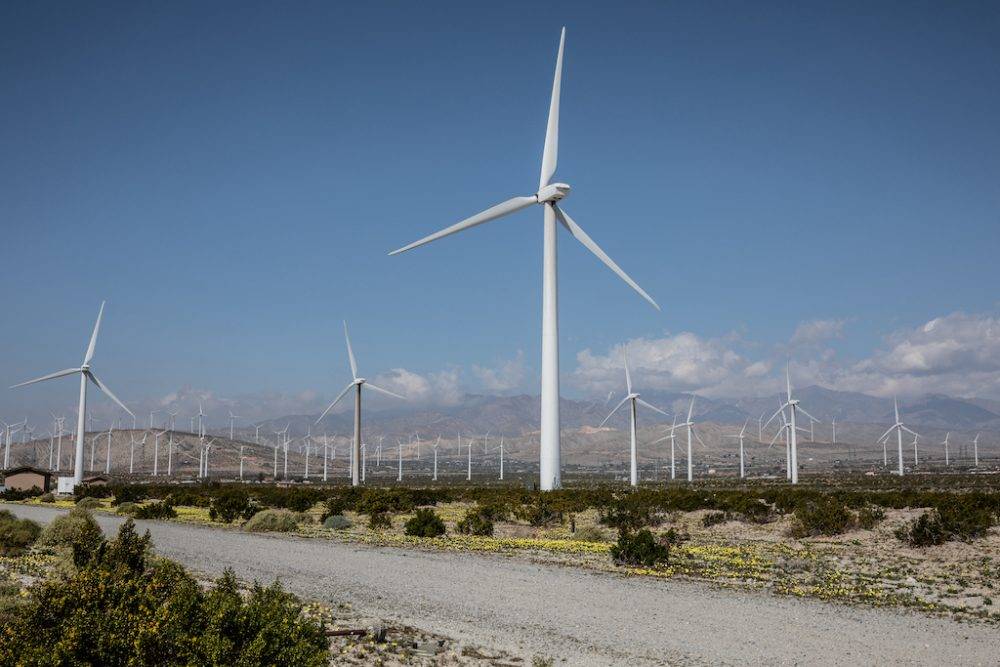
Wind Resources
On concerns about the availability of wind power in Mpumalanga, Ven said: “It is a little bit windy in the area. Instead of 900 metre towers, we are building 150 metre towers because the winds are so strong.”
Council for Scientific and Industrial Research Centre manager for Energy Research Thabo Hlalele emphasised that it was important to consider the environment, wind resources and grid infrastructure when deciding to build wind farms in areas such as Mpumalanga.
“The higher altitudes and flatter areas have better wind conditions and are closer to the power grid, which are important for transmitting electricity,” he said.
“The local topography plays an important role; high altitude flat areas have better wind conditions than lower areas, but this is often overlooked during the planning stage,” he explained.
Mr. Fralere also highlighted the importance of wind resources.
“If the average wind speed of the wind resource is suitable for the region, that is definitely a plus. The economics of the project depend on this, as achieving an attractive cost of energy is essential for the viability of the project.”
Wind power plant in operation
Morongoa Ramaboa, chief communications officer at the South African Wind Energy Association, noted that South Africa has 34 operational wind farms, most of which are in the Cape Province, giving it an installed capacity of 3,442MW. According to the 2023 South African Renewable Energy Grid Study, more than 31GW is expected from potential projects in various stages of development.
Ramaboa said Mpumalanga's existing infrastructure from coal-fired power stations offered a major advantage in terms of readiness for wind power projects.
“Although Mpumalanga’s wind resource is less than the Cape, it is still high from an international perspective and is well suited to the development of wind farms.
“Other provinces such as the Eastern Cape and Western Cape are leading the way in wind power capacity but Mpumalanga's potential is only now being realised,” she said.
The association believes the Seriti Green Umbira Emoyenni project is vital to achieving the country's renewable energy targets. “The project demonstrates that the private sector is interested in decarbonising the energy supply chain and has the potential to spur investment and policy support,” Ramaboa said.
Thabo Molelekwa is an associate journalist with Oxpeckers Investigative Environmental Journalism and a graduate of the #PowerTracker Professional Support and Training Programme. This research was supported by the Africa Climate Foundation’s New Economy Hub.
- You can track the progress of energy projects across Mpumalanga with the Oxpeckers #PowerTracker tool.

